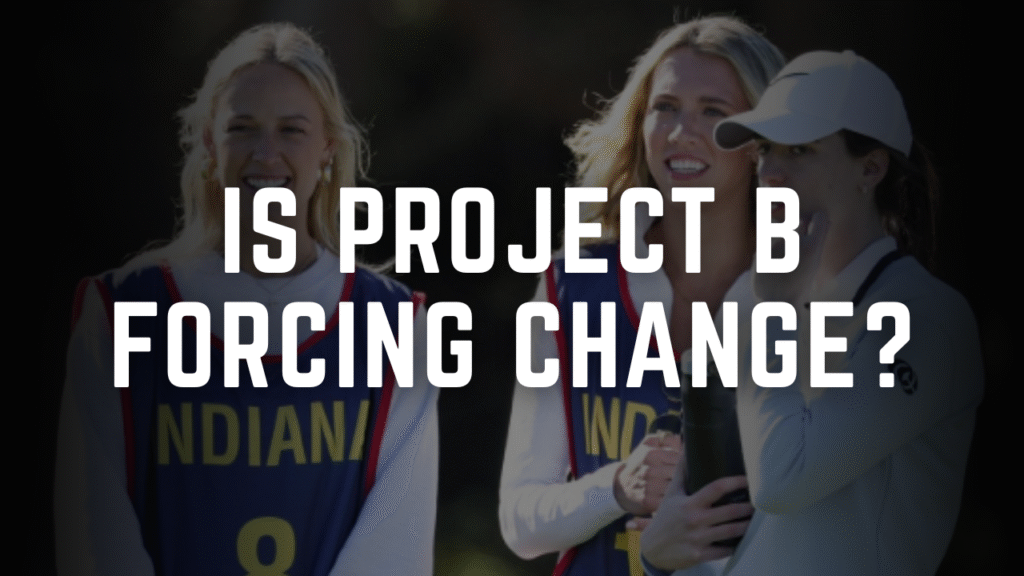The Phoenix Mercury’s 2025 season has been defined by a seismic shift in roster construction, headlined by their acquisition of All-WNBA First Team forwards Satou Sabally and Alyssa Thomas in a four-team trade that reshaped the franchise’s trajectory. This bold move, which also brought in veteran center Kalani Brown and Turkish guard Sevgi Uzun, signaled the Mercury’s intent to compete for a championship despite uncertainties surrounding Brittney Griner’s free agency and Diana Taurasi’s potential retirement . Early returns suggest the gamble is paying off, with Phoenix emerging as a formidable contender in a stacked WNBA landscape.
The Trade That Changed Everything
In February 2025, the Mercury orchestrated a complex four-team deal involving the Connecticut Sun, Dallas Wings, and Indiana Fever. Phoenix parted ways with key contributors Natasha Cloud, Rebecca Allen, and Sophie Cunningham to land Sabally and Thomas—two of the league’s most versatile stars—while adding depth with Brown and Uzun . The trade addressed Phoenix’s need for elite two-way players capable of elevating a roster transitioning from the Taurasi era.
Satou Sabally, a 26-year-old phenom, arrived from Dallas with a reputation as one of the WNBA’s most dynamic forwards. Her 2023 Most Improved Player campaign (18.6 PPG, 8.1 RPG, 4.4 APG) and 2024 Olympic run with Germany showcased her ability to dominate both inside and out. Sabally’s blend of size (6’4”), shooting (45.2% from three in 2024), and playmaking made her an ideal fit alongside Mercury star Kahleah Copper .
Alyssa Thomas, a five-time All-Star and triple-double machine, brought championship pedigree from Connecticut. The WNBA’s all-time leader in regular-season (11) and playoff (4) triple-doubles, Thomas’s relentless defense and court vision (7.9 APG in 2024) transformed Phoenix’s identity. Her leadership and experience in high-stakes games—she led the Sun to six consecutive semifinals—provided the Mercury with a steadying force .
Early Success: A New Era in Phoenix
The Mercury’s revamped roster quickly silenced skeptics. In their season opener against the Seattle Storm, Sabally dropped a franchise-debut record 27 points, while Thomas added 19 points and 12 rebounds in a commanding 81-59 victory . This performance highlighted the duo’s synergy: Sabally’s perimeter scoring stretched defenses, while Thomas orchestrated the offense and anchored the defense.
Key to Phoenix’s early success has been their versatility. Sabally and Thomas can switch seamlessly between forward positions, allowing head coach Nate Tibbetts to deploy lineups that prioritize pace, spacing, and defensive switching. Kalani Brown’s efficiency (58.2% FG in 2024) and Uzun’s steady ball-handling (3.0 APG as a rookie) have fortified the bench, addressing depth concerns exacerbated by Kahleah Copper’s early-season absence due to knee surgery .
Strategic Implications: Building Around Youth and Experience
The trade reflected Phoenix’s long-term vision. At 32, Thomas provides veteran leadership, while the 26-year-old Sabally represents the franchise’s future. This balance is critical as the Mercury navigate Griner’s free agency and Taurasi’s looming retirement. By acquiring Sabally’s prime years, Phoenix secured a cornerstone to build around, ensuring continuity in a post-Taurasi era .
Analysts praised the deal, with ESPN’s Kevin Pelton grading it favorably for Phoenix. The Mercury sacrificed draft capital (including the No. 12 pick) and defensive stalwart Natasha Cloud but gained two elite talents capable of elevating their ceiling. Thomas’s ability to “make everyone around her better,” as GM Nick U’Ren noted, has already galvanized the roster, while Sabally’s scoring versatility alleviates pressure on Copper .
Challenges and Adjustments
Despite the early success, questions linger. The loss of Natasha Cloud’s perimeter defense has occasionally exposed Phoenix against elite guards, as seen in a recent 24-point, 14-assist explosion by Seattle’s Skylar Diggins . Additionally, integrating Sabally and Thomas into a system previously built around Griner’s post dominance requires tactical adjustments.
However, the Mercury have shown resilience. In a narrow win over the Los Angeles Sparks, Thomas’s late-game heroics (19 points, 8 rebounds) and Sabally’s clutch shooting (25 points) underscored their ability to close out tight contests—a skill that eluded Phoenix in previous seasons .
The Road Ahead: Championship Aspirations
The Mercury’s blockbuster trade positions them as legitimate title contenders. With Sabally and Thomas leading the charge, Phoenix boasts a top-tier offense (ranked 3rd in PPG) and a defense capable of stifling opponents through switch-heavy schemes. Key matchups against the New York Liberty and Las Vegas Aces will test their mettle, but early signs suggest this roster has the tools to compete.
As the season progresses, Phoenix’s depth and health will be critical. Copper’s return from injury could unlock another dimension, while Brown’s rim protection and Uzun’s playmaking offer flexibility. If the Mercury continue to gel, they could redefine the WNBA hierarchy—proving that bold moves and strategic vision can resurrect a franchise in transition.
Conclusion: A Franchise Reborn
The Phoenix Mercury’s 2025 trade gamble has reinvigorated a team at a crossroads. By betting on Sabally’s ascent and Thomas’s veteran brilliance, they’ve crafted a roster that honors their legacy while embracing the future. For fans in the Valley of the Sun, this season isn’t just about wins—it’s about witnessing the dawn of a new era, one built on audacity, adaptability, and the relentless pursuit of greatness.


